6 March 2025
Let’s be honest here for a second: modern video games are like those Insta influencers—always looking picture-perfect, with glowy filters, smooth skin, and just the right amount of saturation. Only difference? Games don’t need a ring light or a 12-step skincare routine. Nope, they’ve got something way cooler: post-processing effects.
If you’ve ever played a game and thought, “Whoa, this looks like a scene straight out of a Hollywood blockbuster," you’ve got post-processing to thank. But what exactly is this magical sprinkle of fairy dust that makes your screen light up like a Christmas tree? Sit tight, grab a snack, and let me take you on a colorful journey through the tech wizardry that turns games from "meh" to "WOW." 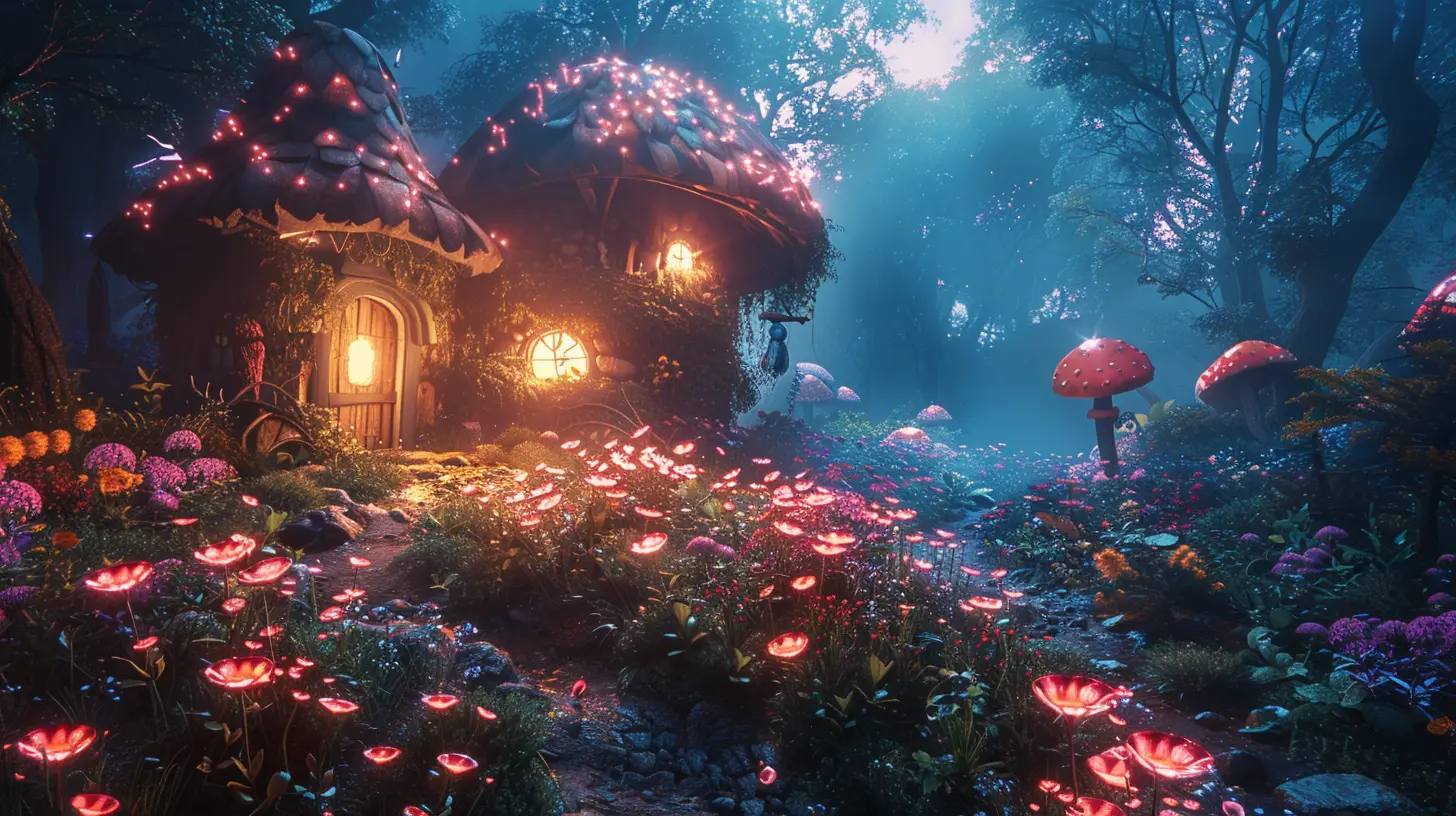
What Are Post-Processing Effects?
Okay, let’s break this down without getting too nerdy about it. Post-processing effects are like makeup for video games. Imagine your game is a plain pancake (still tasty, but, you know... basic). Post-processing slathers on the whipped cream, syrup, and maybe some sprinkles for good measure. Suddenly, you’ve got a full-on breakfast masterpiece.In non-brunch terms, post-processing happens after the game has rendered all the geometry, lighting, and textures. It’s the final touch—a little visual polish that makes everything pop. Think of it as the gaming world’s version of Photoshop but happening in real-time as you play. 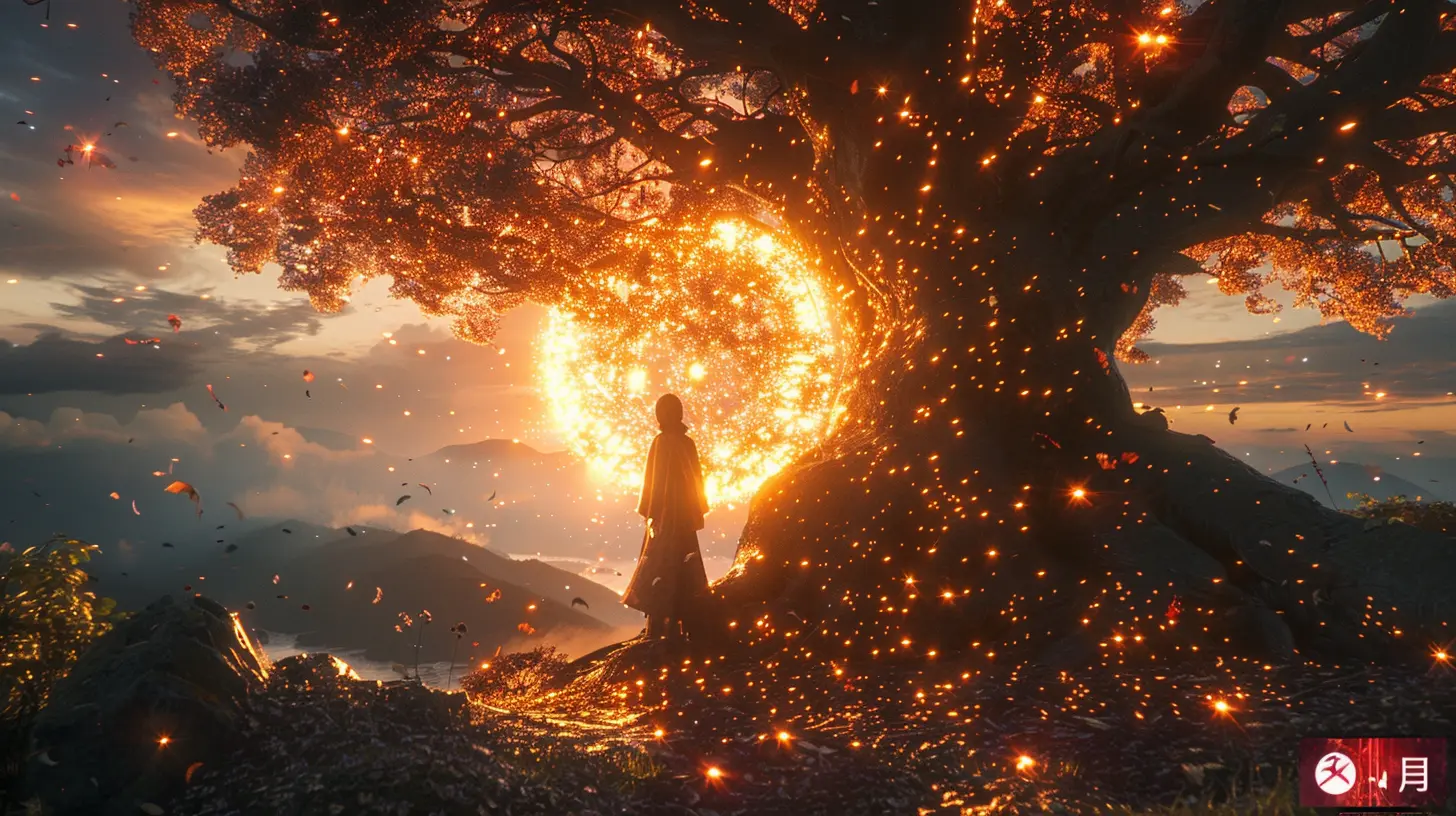
Why Do Games Need Them?
Because plain Jane graphics don’t cut it anymore! Gamers these days are picky (don’t deny it), and we’ve been spoiled with eye-candy visuals. If a game doesn’t look like it’s about to transport us into another dimension, we start side-eyeing it.Post-processing effects give games depth, style, and that "cinematic" vibe we drool over. They take raw graphics and elevate them to a level where you can’t help but stop and screenshot every other scene. Ever played a game where you spent more time in Photo Mode than, well, actually playing? Yeah, blame post-processing for that. 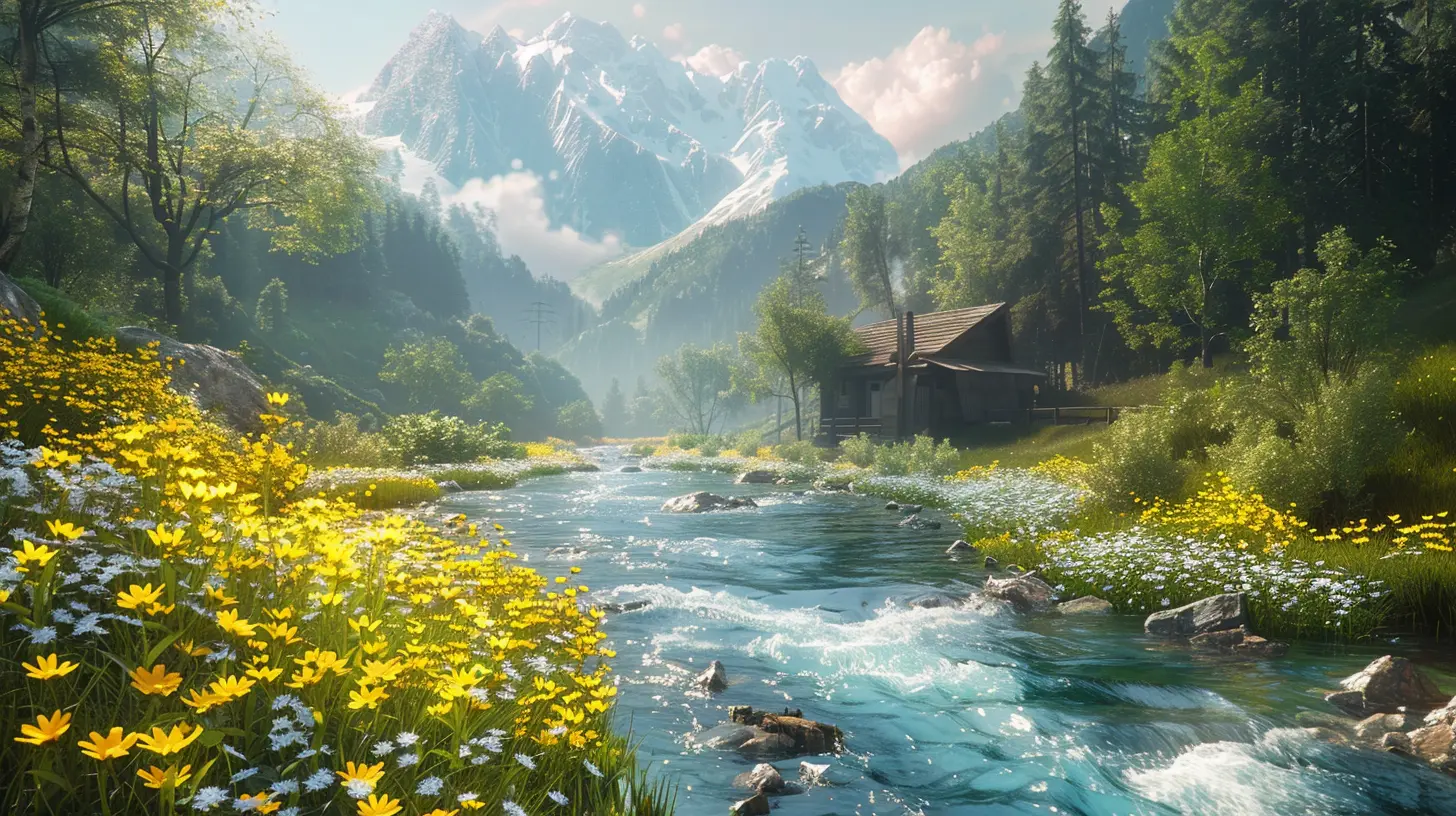
The MVPs of Post-Processing Effects
Alright, let’s break down the all-stars of post-processing—the visual effects that really make your jaw drop.1. Bloom: It’s Lit (Literally)
Bloom is like giving your screen a soft, glowy halo. Ever notice how bright lights in games sometimes spill over their edges, like they’re almost too radiant to be contained? That’s bloom doing its thing.Imagine a sunset in a game—you’ve got the golden rays streaking across the sky, and suddenly, you feel warm and fuzzy inside. That’s bloom saying, “Hey, don’t you wish you were on a beach right now?”
2. Motion Blur: Because Life Isn’t Static
Remember the first time you sprinted across a map, and everything in the background turned into a blurry, beautiful mess? That’s motion blur at work.It mimics how our eyes naturally perceive fast-moving objects, and while some folks love it (immersive vibes) and others hate it (headache central), there’s no denying it makes fast-paced scenes look extra dramatic.
Without motion blur, high-speed chases or frenetic combat sequences would feel weirdly robotic. It’s like trying to take a picture of your dog mid-zoomies—good luck keeping it sharp!
3. Depth of Field: Your Digital DSLR
Depth of field is the Beyoncé of post-processing effects. It steps in, demands attention, and shows you what really matters by blurring out everything else.You’ve probably seen it when NPCs (non-playable characters) are talking, and the background is all soft and out of focus like they’re in their own little soap opera. It creates a cinematic feel, making you feel like you’re controlling a movie set instead of a game character. Fancy, right?
4. Ambient Occlusion: Shadows That Play Hard to Get
Ambient occlusion is like that one friend who always remembers the little details. It adds subtle shadows in creases, corners, and places where light just doesn’t reach.Without ambient occlusion, everything looks flat and dull, like a painting with no shading. With it? Boom—extra depth and realism. It’s the reason why dimly lit caves in games make you feel like something’s lurking in the shadows. (Spoiler: it usually is.)
5. Color Grading: Mood Maker Extraordinaire
Color grading is the ultimate mood setter. It’s what makes a horror game look grim and gritty or a fantasy game look lush and magical.Ever noticed how post-apocalyptic games like Fallout have that dusty greenish tint, while cartoony games like Fortnite practically scream rainbow? That’s color grading shaping how you feel while playing. It’s like adding different filters on your Instagram selfies—except the stakes are way higher because... well, it’s a whole game. 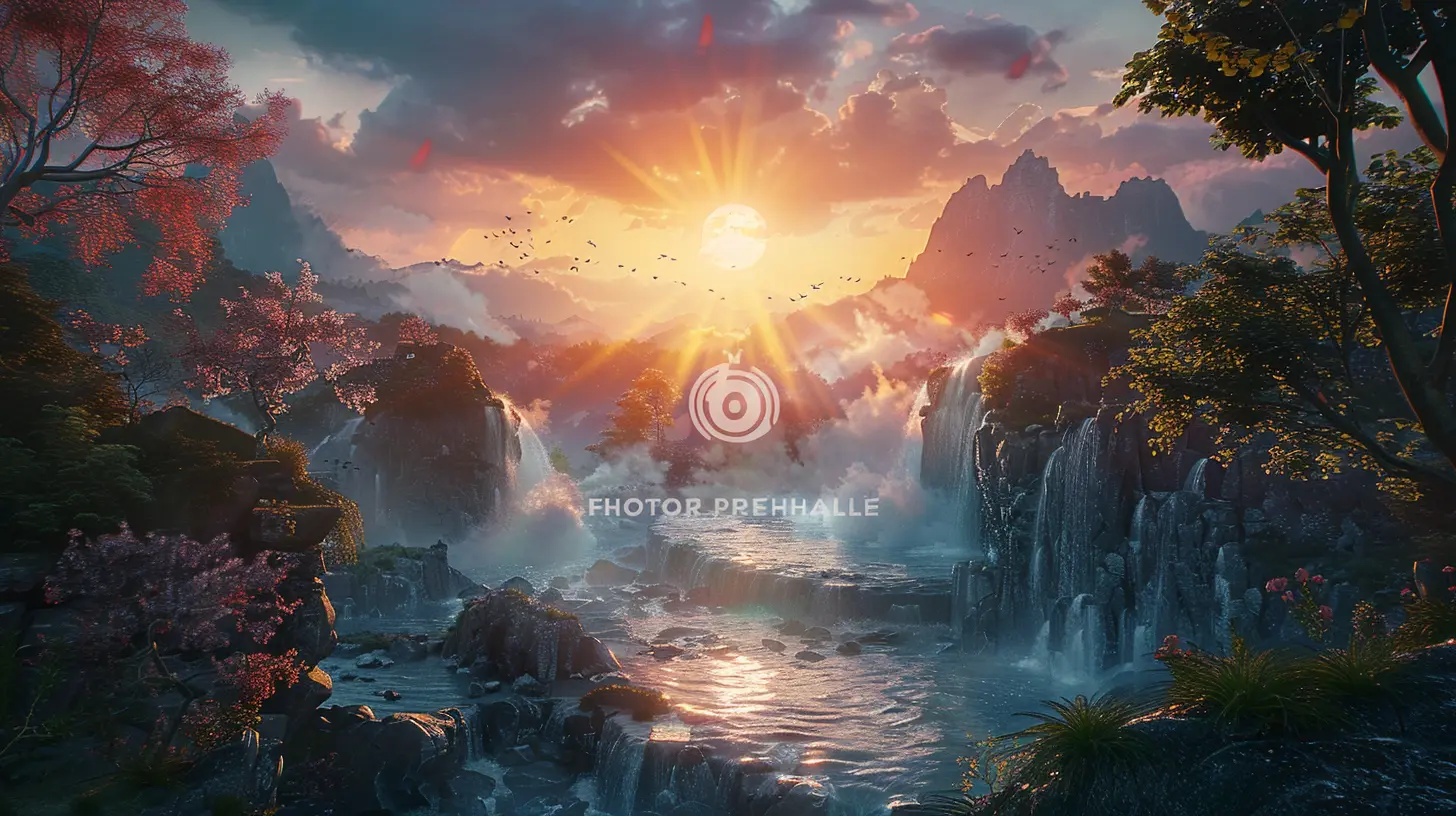
The Good, The Bad, and The Ugly
Let’s face it: post-processing effects aren’t always perfect. Sometimes, developers go a little too far, and instead of looking stunning, a game ends up looking like someone spilled Vaseline on your screen.Remember when lens flares were the thing? Every game had them, and it felt like we were all collectively staring into the sun. Or when bloom was so aggressive that it made you wish for sunglasses IRL? Yeah, moderation is key, my friends.
Too much post-processing can ruin the experience, making games look overly processed or downright distracting. And let’s not even talk about how some effects (looking at you, motion blur) can tank your framerate. Balance is everything.
How Post-Processing Effects Are Evolving
Here’s the kicker: post-processing effects today are just scratching the surface. With advancements in hardware and software, developers are pushing these techniques to new levels of realism.Take ray tracing, for example. While it’s not technically a post-processing effect, it works hand-in-hand with them to create near-photorealistic visuals. Reflections, light diffusion, and shadows look straight-up bonkers with ray tracing, and when combined with post-processing, you may as well be looking at a Pixar movie in real time.
And don’t even get me started on AI-powered upscaling. Technologies like NVIDIA’s DLSS and AMD’s FSR make it possible to run high-res graphics and post-processing effects without turning your computer into a toaster oven.
Final Thoughts: The Glow-Up Is Real
Post-processing effects are the unsung heroes of modern gaming. They’re the reason a sunrise in a game can make you pause and just... stare. They’re why explosions feel more intense, why cities at night look alive, and why fantasy worlds feel almost tangible.Could games survive without them? Sure. But would they be as captivating, as immersive, as breathtaking? Probably not. So next time you’re gawking at a beautifully lit scene or marveling at how realistic the rain looks, give a little mental nod to those post-processing effects working overtime.
And hey, if the visuals are so good they distract you from getting headshots, just blame bloom.

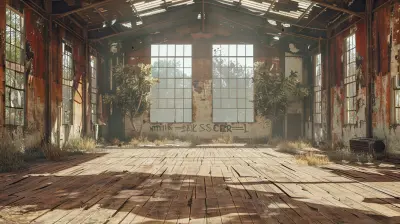
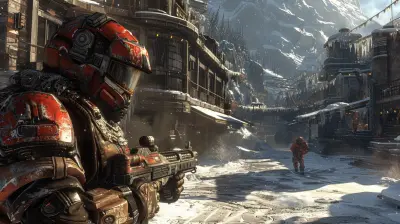
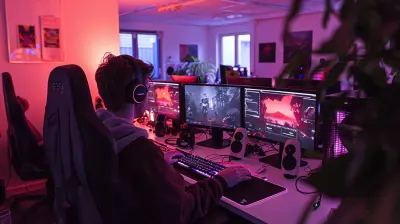
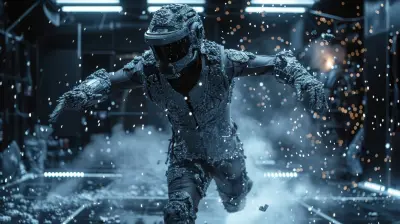
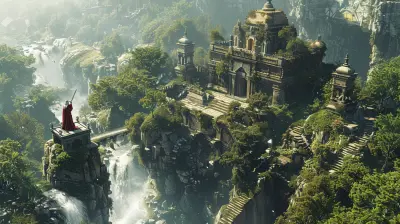
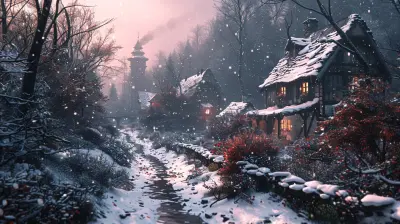

Otis Clark
Great insights! It's fascinating how post-processing effects can elevate a game's visual appeal, creating immersive experiences. I appreciate the way you highlighted the balance between artistic vision and technical execution. These details often go unnoticed, but they truly enhance our gaming journeys. Thanks for sharing your expertise!
March 24, 2025 at 5:28 PM